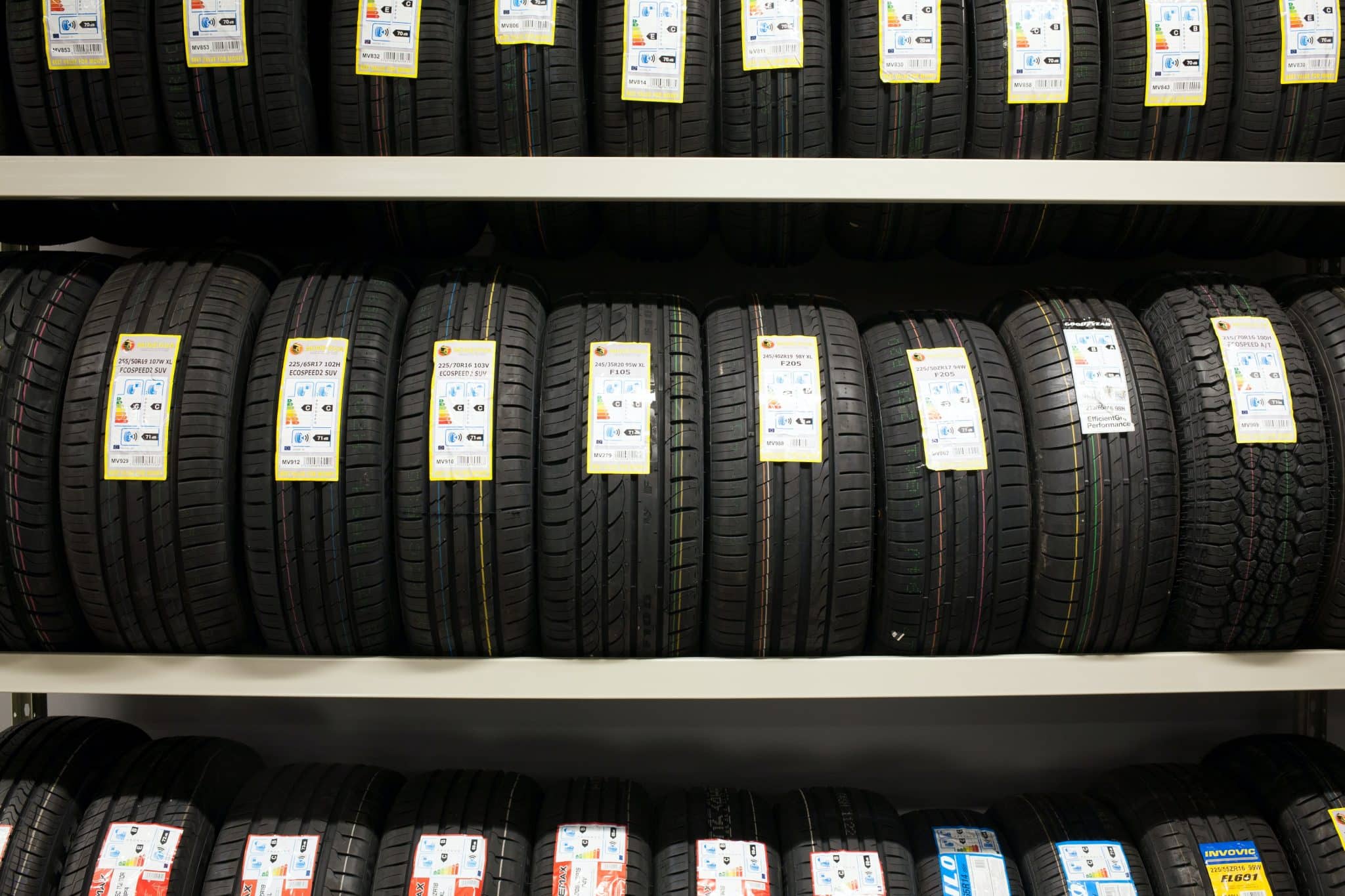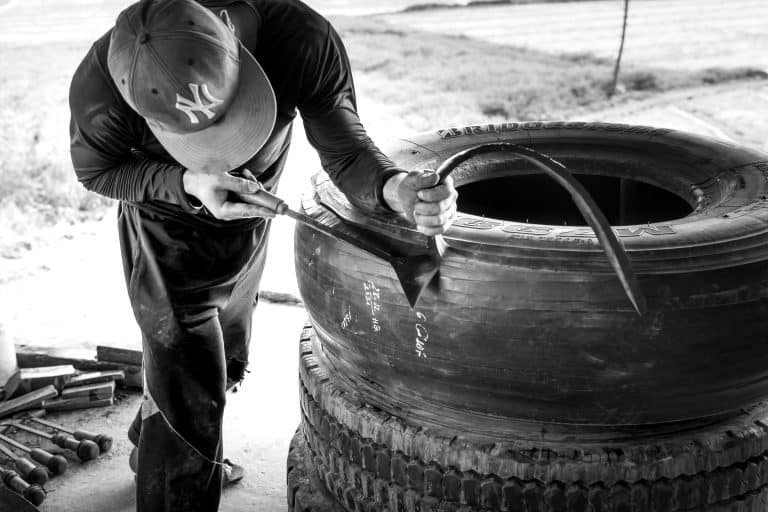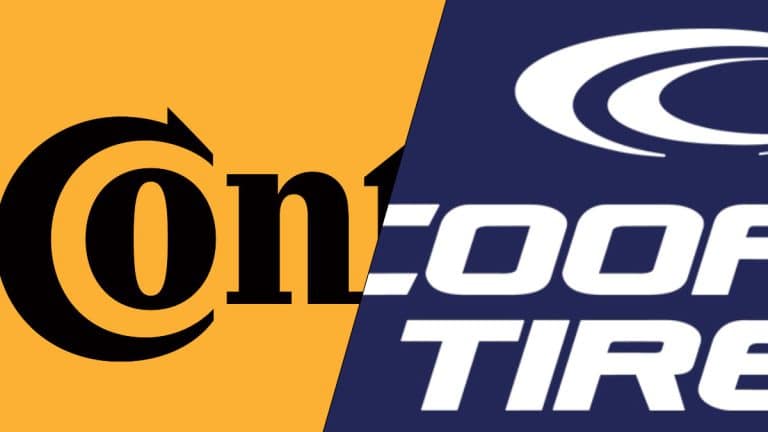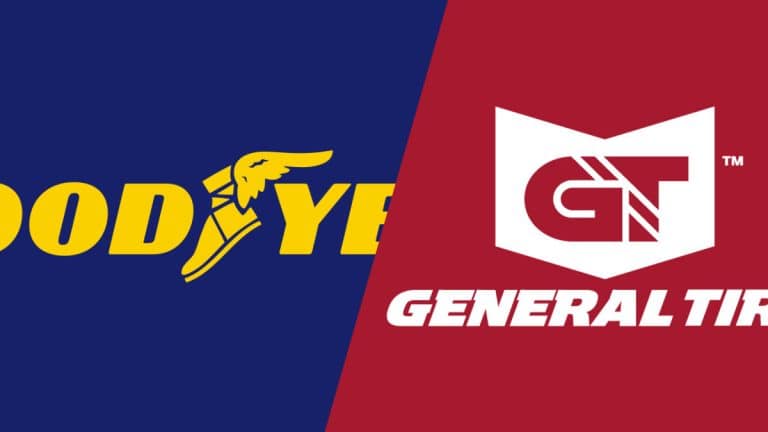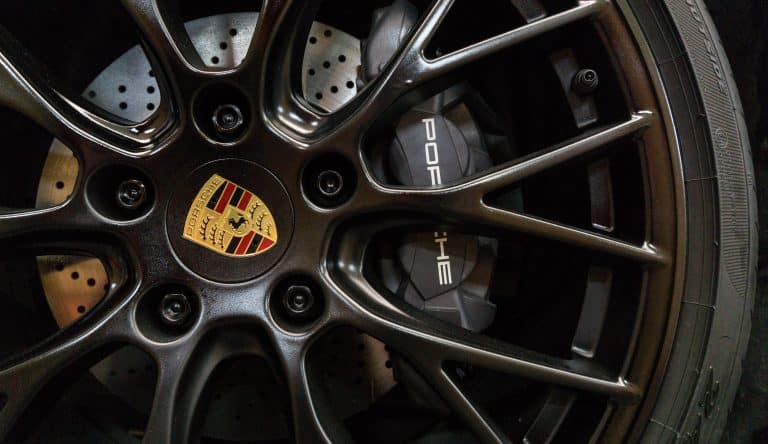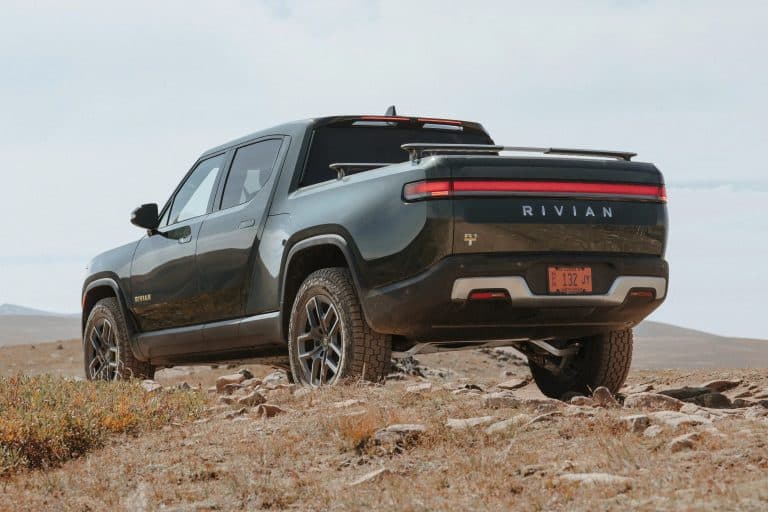Why New Tires Don’t Perform as Good as Expected?
Your old tires are near their end, and you notice a loss of performance, something you don’t want if safety is crucial. The best way to remedy the problem is to get a new set of tires, hoping you’ll get back all that performance.
You’re happy with the model you’re currently driving and decide to get the same set. The tire shop installs them, and you’re happy as a puppy with a bone and head home. During the initial drive, you notice that the tires aren’t performing as you thought they would, but you don’t know why.
Lucky for you, in this guide, I’ll explain why you have that opinion and if there’s something you can do about it. The title may be a bit misleading, but there is some truth to that, so let’s talk about a few things you’ll notice once you get your new tires.
Why do new tires slip?
You’re getting a new set of tires, and you’re thinking that the lack of grip and traction will be a thing of the past, but you notice that things aren’t as ideal as you thought. The new set slips a bit, and you think something’s wrong with the tires. No, that’s by design.
There are many steps in the manufacturing process of tires, and molding is one of them. That’s when the tires take shape in the mold. Manufacturers use a special lubricant to ensure that the tires don’t stick to the mold and come out deformed or with torn-out chunks.
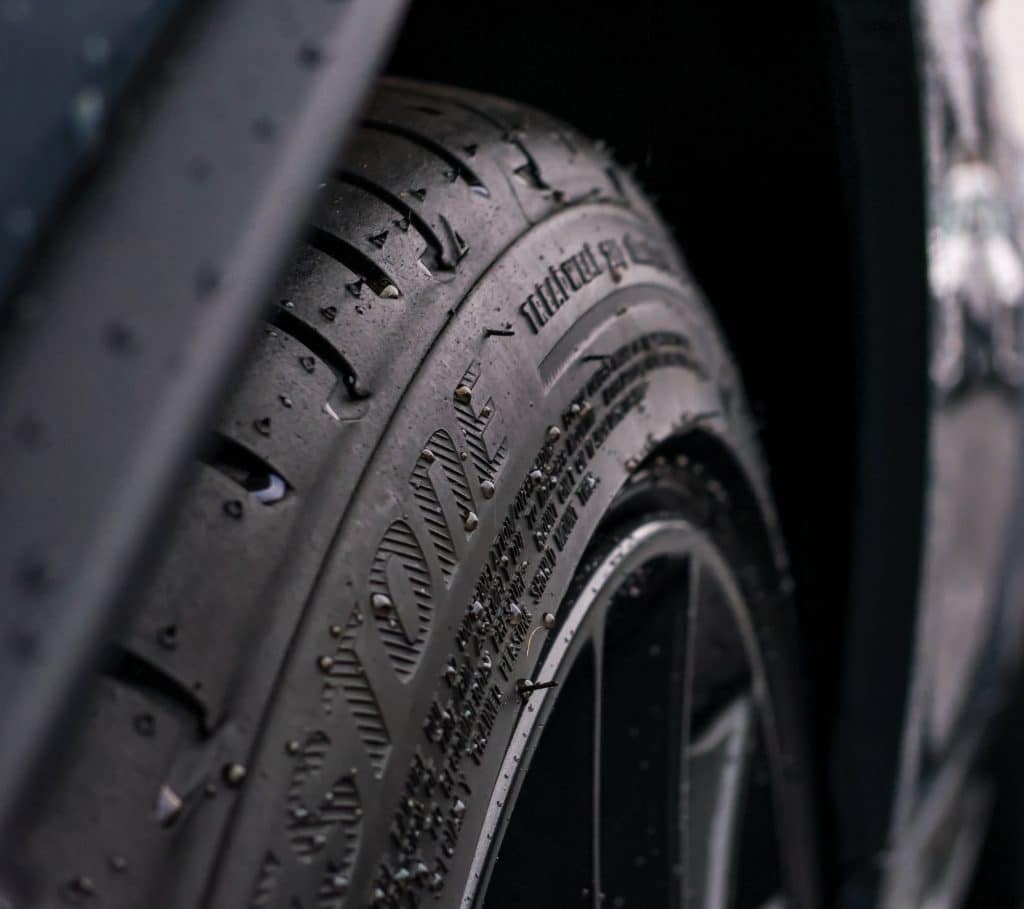
You understand the reason behind the use of the lubricant, but there’s a byproduct. It remains on the tire even when the manufacturing process is completed and the tires are installed on your car.
This lubricant is harmless, but you will notice it initially on the tires. That little bit of slip you’ll notice is from that, which is why we recommend going through the break in process of any new set of tires. During that time, the lubricant wears off, and you’ll get the full potential of the set of tires.
Why are new tires not as responsive?
Next up, we have the responsiveness, another common question we get. The new set of tires should be better than the old one; at least, that’s what you’re expecting, but that’s not always the case in terms of responsiveness.
Whenever we talk about tires and how they drive, one of the many things we mention is responsiveness. This is the tire’s ability to change direction when you give it some input from the steering wheel. The faster it reacts, the more responsive it is.
The tire’s responsiveness comes down to the movement of the tread blocks. When you’re driving, there are plenty of forces moving the rubber around, and there is some flex. It’s the same when you change direction, and the blocks move a bit.
So why do the old tires respond better? If you read my tire shaving guide (yes, shaving, it exists), one of the several reasons why it’s still used today is because of this problem. To be fair, it’s mostly used in racing, but let me explain why it happens.
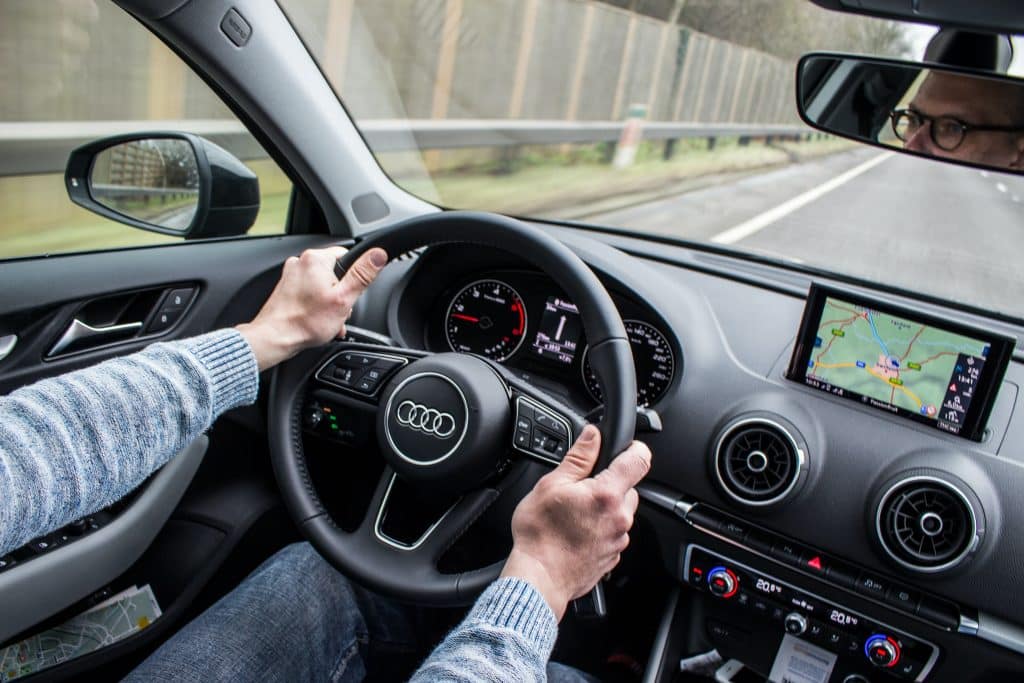
New tires have a full tread depth, meaning the blocks are taller, and naturally, there will be more movement. Your old and worn tires don’t have a lot of tread, meaning that the blocks aren’t as tall. As a result, the worn-down tires will be more responsive.
Unfortunately, there isn’t a solution to this “problem” unless you’re willing to make some compromises. You can shave the tires and remove about half of the tread from them. The responsiveness will be much better, but the tires will last half as long.
Another disadvantage you’ll notice with this is the performance in non-ideal situations. If you’re running all-season tires, you’ll be destroying that little bit of traction you have on snow. Also, the aquaplaning resistance will be far from the one you had when the tires were new. If you want to learn more about this, check out my guide on how tread depth impacts performance.
If I’m being honest, many people won’t notice this difference due to how they drive their cars. Unless you push it hard, you probably won’t notice that it doesn’t respond as well as the old tires did. On the positive side, keep in mind that you’ll be getting a much better performance, which in my opinion is more important.
Improper Pressure
Whenever I talk about a certain kind of problem with the tires, I always mention the pressure because it plays a key role. If the new tires are the same model as the old ones, then you probably have an idea of how they should drive. If you notice a massive difference, then the pressure could be the culprit.
I mentioned in the previous section that new tires won’t be as responsive as the old ones, but the differences aren’t massive. If you notice bigger differences, you’re probably looking at underinflated tires. When the pressure is lower than the one specified by the car manufacturer, the weight squishes the tire.
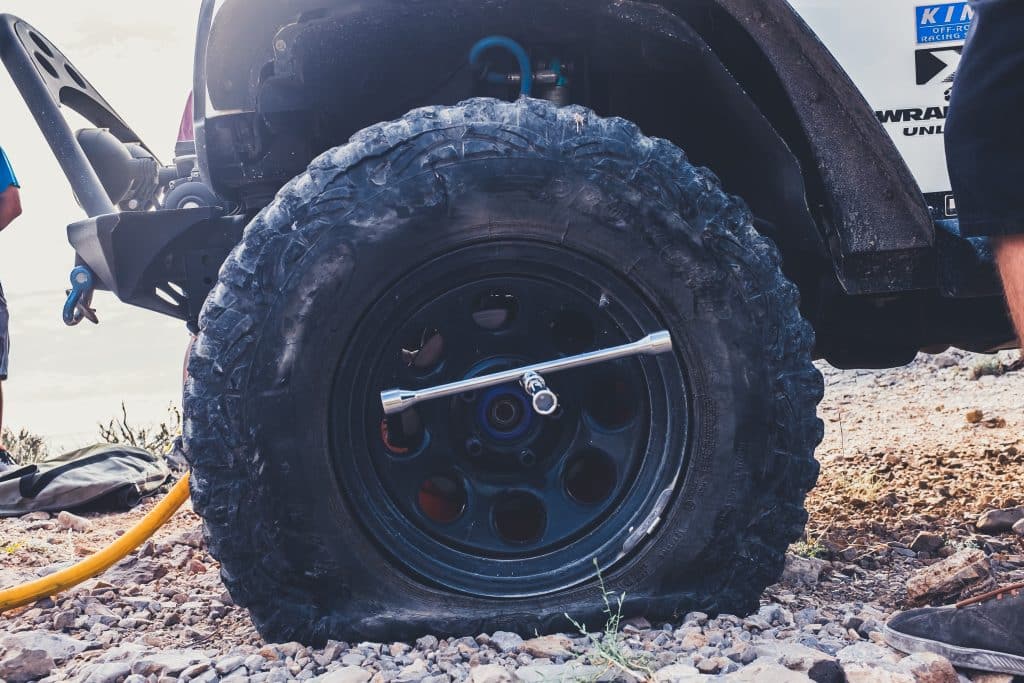
A squished tire means the pressure won’t keep the shape as it should, meaning you’ll have much more flex in the sidewall. In these situations, the car will feel wobbly, especially if all 4 tires are underinflated. If only one has a lower pressure than recommended, you’ll probably notice your car pulling a bit to one side. On top of that, you’ll hear a bit more tire noise than you should, which is another indicator of underinflated tires.
What if the pressure is over the recommended one? In this case, the ride takes a hit, and the car will feel a bit bumpy. There are other reasons why this may happen, but if the car was fine before changing the tires and not-so-fine after that, you might want to check the pressure.
Apart from all the initial problems you’ll notice with under or overinflated tires, you’ll have a lot more in the long run. The most common one is uneven wear, so if you don’t get this sorted out, you won’t get the most out of your tires.
Tires Sound Different
This isn’t a common sight, and most people won’t experience this in their lifetime. With that said, there may be a situation where that could happen, so you’ll be wondering why, and the reason is in the tread depth.
Depending on the surface and the tread pattern, tires will make noise, and it won’t be constantly the same. In most cases, as the tread depth reduces, the noise levels will start to increase a bit, so a new set will be quieter. The rare instance is when the opposite happens, and the new tires are a bit louder or produce a different tone than the old ones.
This is because of the tread depth. With some models, the larger volume means that the note changes. It’s not something concerning, and as the tires wear down, the noise levels will start to lower a bit. Keep in mind that I’m talking about minor differences, which some people may not even notice. If the difference is significant, then you may have some other problems that you should address.
Conclusion
Getting a new set of tires is an exciting experience, knowing that the fresh rubber will be better in every way. While that is true, you may notice some differences, most of which are to be expected. Over time, things will sort out themselves, and you’ll have nothing to worry about.
With that said, the pressure is an important aspect that you should neglect. Even though the tires are new, I’d still recommend doing an inspection, at least to ensure that the pressure is optimal. This will help you get a lot of car-free miles from them.
